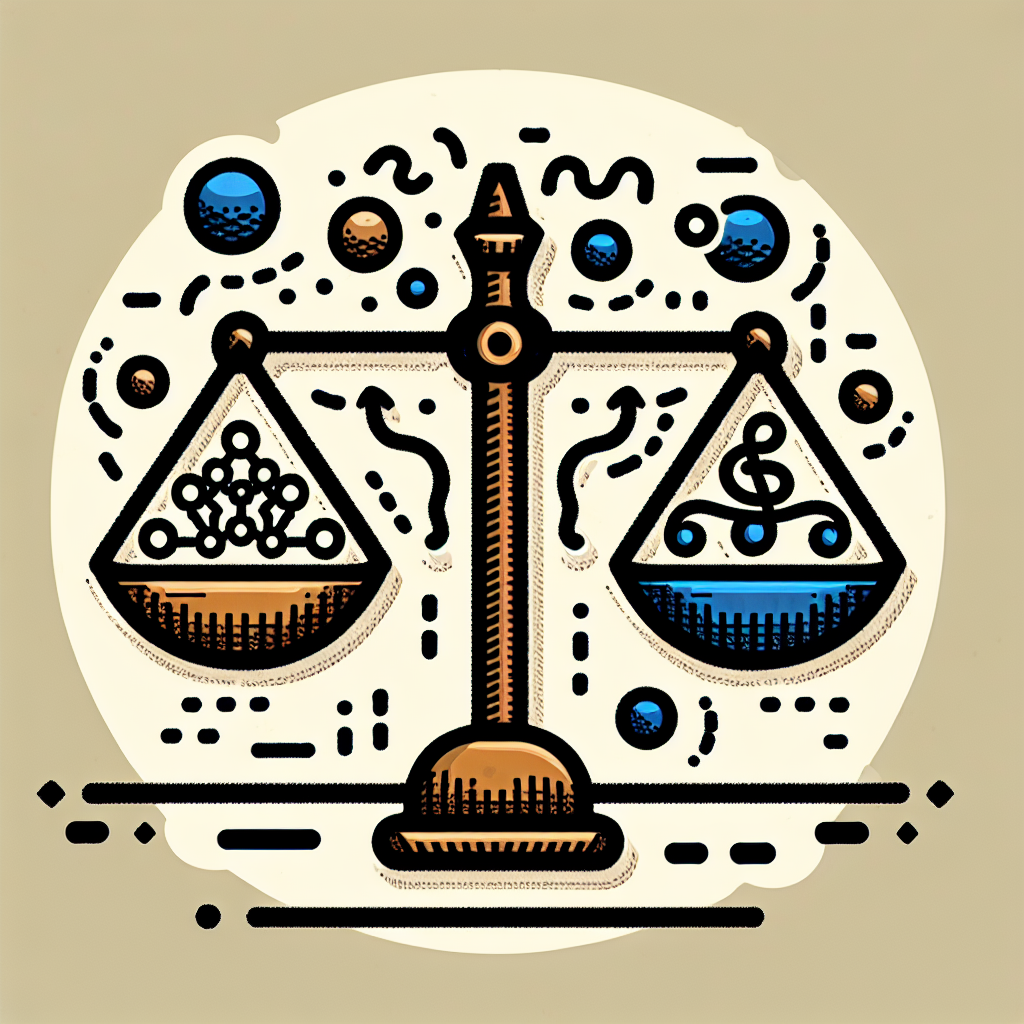Introduction
When exploring higher education options, understanding the difference between a Bachelor of Arts (BA) and a Bachelor of Science (BS) is essential. Both degrees are offered across a wide range of disciplines, including computer science, psychology, economics, and more. However, they often differ in focus, curriculum structure, and potential career outcomes.
The distinction between a BS vs BA typically lies in the approach to subject matter. A BS degree generally emphasizes technical, scientific, or mathematical coursework, while a BA often incorporates broader liberal arts education and electives. For example, a BS in Computer Science might require more advanced math and lab courses, whereas a BA could allow greater flexibility for courses in the humanities or social sciences.
Understanding the difference between a BS vs BA is critical for students making academic and career plans. The choice can affect everything from the skills developed during college to the types of jobs or graduate programs a student may pursue after graduation.
This article synthesizes data from 199 computer science degree programs, along with information from multiple academic institutions, to provide a clear and data-informed overview of how BS vs BA degrees compare across various fields. The goal is to help students and advisors make informed decisions based on curriculum structure, institutional offerings, and long-term career alignment.

Core Distinctions Between BS and BA Degrees
Philosophy and Educational Focus
A key difference in the bs vs ba comparison lies in their philosophical and educational approaches. A Bachelor of Arts (BA) emphasizes a liberal arts education, offering students flexibility in course selection and a broader exposure to interdisciplinary subjects. For example, the BA in Statistics at UC Santa Barbara includes fewer upper-division units, making it well-suited for students interested in pursuing double majors or graduating early (UC Santa Barbara).
In contrast, a Bachelor of Science (BS) focuses on technical depth and a structured curriculum. This path emphasizes quantitative rigor and specialized knowledge. The BS in Economics at the University at Buffalo prepares students for data-driven and analytical careers by emphasizing quantitative and technical skills (University at Buffalo).
Curriculum Structure
When comparing bs vs ba degrees, curriculum structure is another important differentiator. BA programs typically include more general education and humanities courses. They allow for greater elective flexibility, enabling students to explore minors or pursue double majors more easily.
BS programs, on the other hand, require more major-specific and supporting courses. These programs often include lab work, advanced mathematics, or technical electives. As a result, BS degrees tend to provide stronger preparation for graduate studies or careers in technical and scientific fields (Lehigh University).
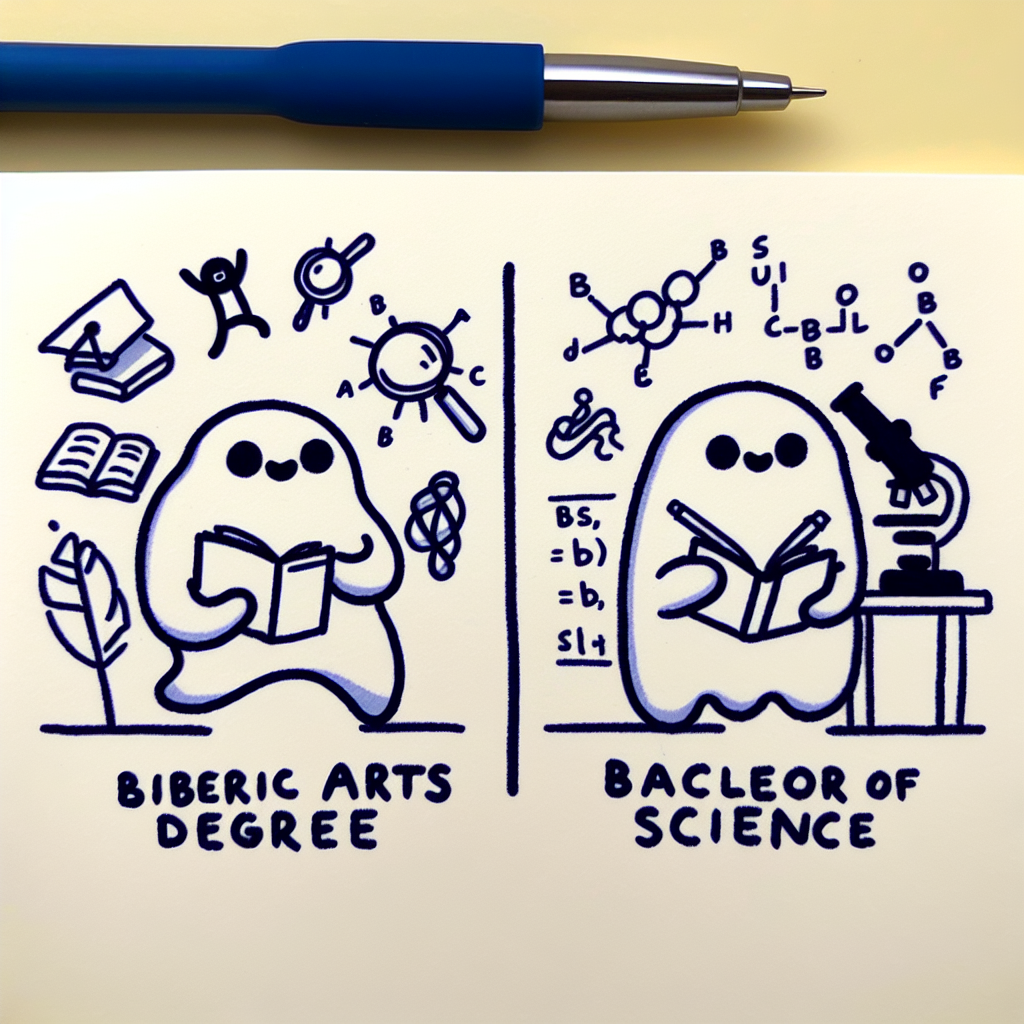
Quantitative Comparison: Math Requirements in CS Programs
A recent analysis of 199 Computer Science BA and BS degree programs at 158 U.S. universities provides concrete data on the math course requirements in each track (ACM Digital Library). This comparison highlights a key difference in the bs vs ba distinction within computer science education.
Average Math Courses Required
- BS in CS: 4.9 math courses on average
- BA in CS: 3.4 math courses on average
These figures confirm that BS programs are generally more math-intensive than their BA counterparts. The increased math load in BS degrees aligns with the technical rigor expected in STEM-focused roles such as software engineering, data science, and algorithm development.
In contrast, the BA in CS typically involves fewer math requirements, making it more suitable for students pursuing interdisciplinary studies or combining computer science with fields like psychology, business, or the arts. This quantitative distinction underscores a central consideration for students comparing the bs vs ba paths in computer science.

Academic and Career Implications
Choosing the Right Path
When deciding between a BS vs BA, understanding how each aligns with your academic preferences and career goals is essential.
BA Degree May Be Suitable If:
- You value academic flexibility and want to explore multiple disciplines, such as combining literature with political science or psychology with art.
- You’re interested in careers that emphasize communication, critical thinking, or public policy.
- You plan to double major or aim for early graduation, as BA programs often allow more elective options (UC Santa Barbara).
BS Degree May Be Preferable If:
- You're targeting careers in engineering, data science, or software development, where technical skills are prioritized.
- You aim to pursue graduate school in a technical field, such as computer science, biomedical engineering, or mathematics.
- You thrive in structured, quantitative learning environments that emphasize data, research, and methodologies (Arizona State University).
Industry Perceptions and Outcomes
In terms of industry perception, the distinction between a BS vs BA can influence how employers interpret your academic background:
- Employers may associate BS degrees with technical proficiency and specialized knowledge, particularly in STEM fields.
- BA degrees may be equally valued in roles that prioritize communication, analysis, and leadership, such as marketing, education, or public service.
- In many job markets, the BS vs BA distinction is less critical than your actual skills, relevant experience, and demonstrated initiative.
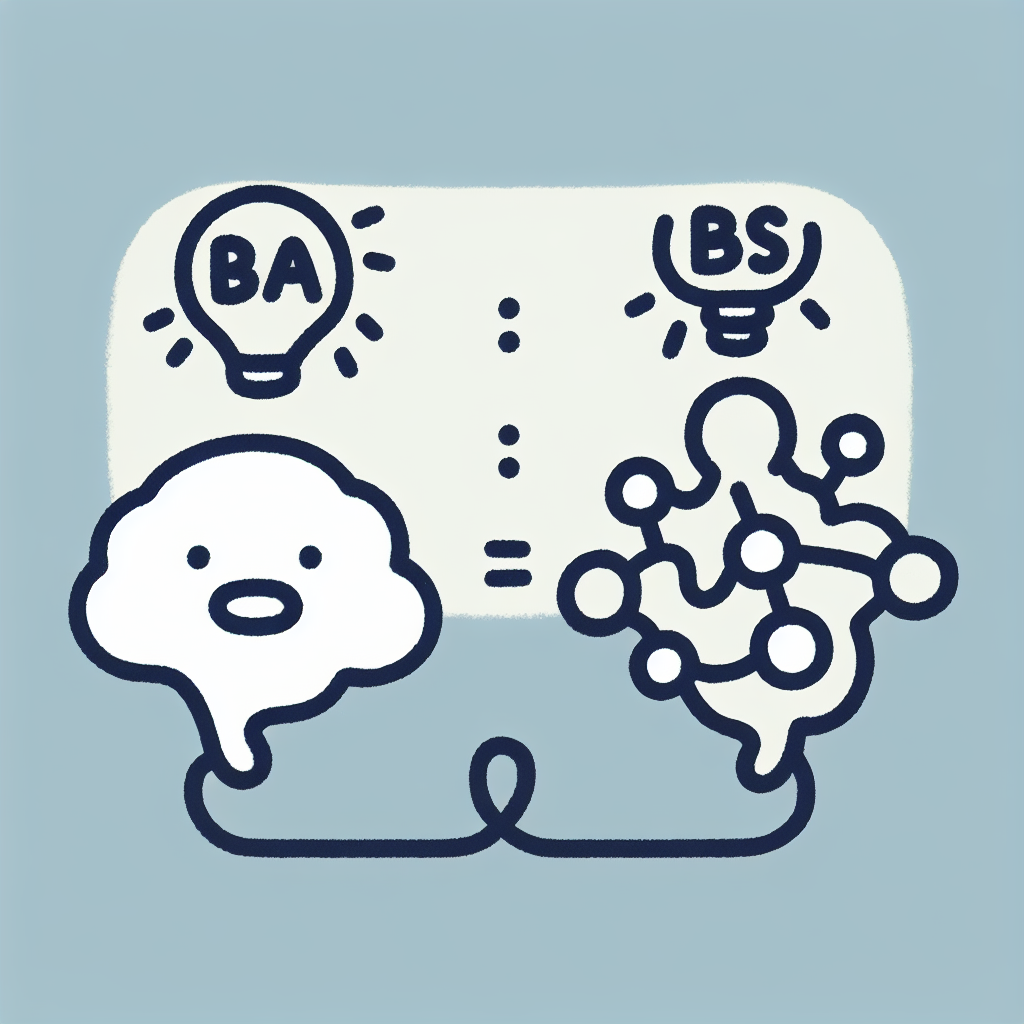
Designing Curricula: Considerations for Educators
When developing academic programs, educators must carefully distinguish between BS vs BA degree tracks to align curricula with intended learning outcomes and student goals.
Aligning Degree Tracks With Learning Outcomes
A Bachelor of Science (BS) curriculum should prioritize technical depth, emphasizing specialized coursework in scientific or quantitative fields. This includes integrating advanced laboratory experiences, research projects, and rigorous assessments that test analytical and problem-solving skills. These components prepare students for graduate study or careers requiring strong technical expertise.
In contrast, a Bachelor of Arts (BA) curriculum should support interdisciplinary learning and cultivate adaptable skill sets. Course offerings might span the humanities, social sciences, and other complementary disciplines, encouraging students to draw connections across fields. This flexibility supports a broad educational foundation and prepares students for diverse professional environments.
Balancing Flexibility and Rigor
While BS programs are typically more structured, educators should incorporate elective pathways to allow students to explore interests outside their major and avoid over-specialization. This balance can improve student engagement and lead to more well-rounded graduates.
For BA programs, introducing optional technical modules—such as coding bootcamps, quantitative reasoning courses, or data analysis workshops—can offer added depth for students seeking more specialized competencies. This approach maintains the BA’s broad scope while giving students tools to pursue targeted career paths.
Designing curricula with clear distinctions between BS vs BA tracks ensures that each program supports its learners effectively, aligning academic content with both educational standards and real-world demands.
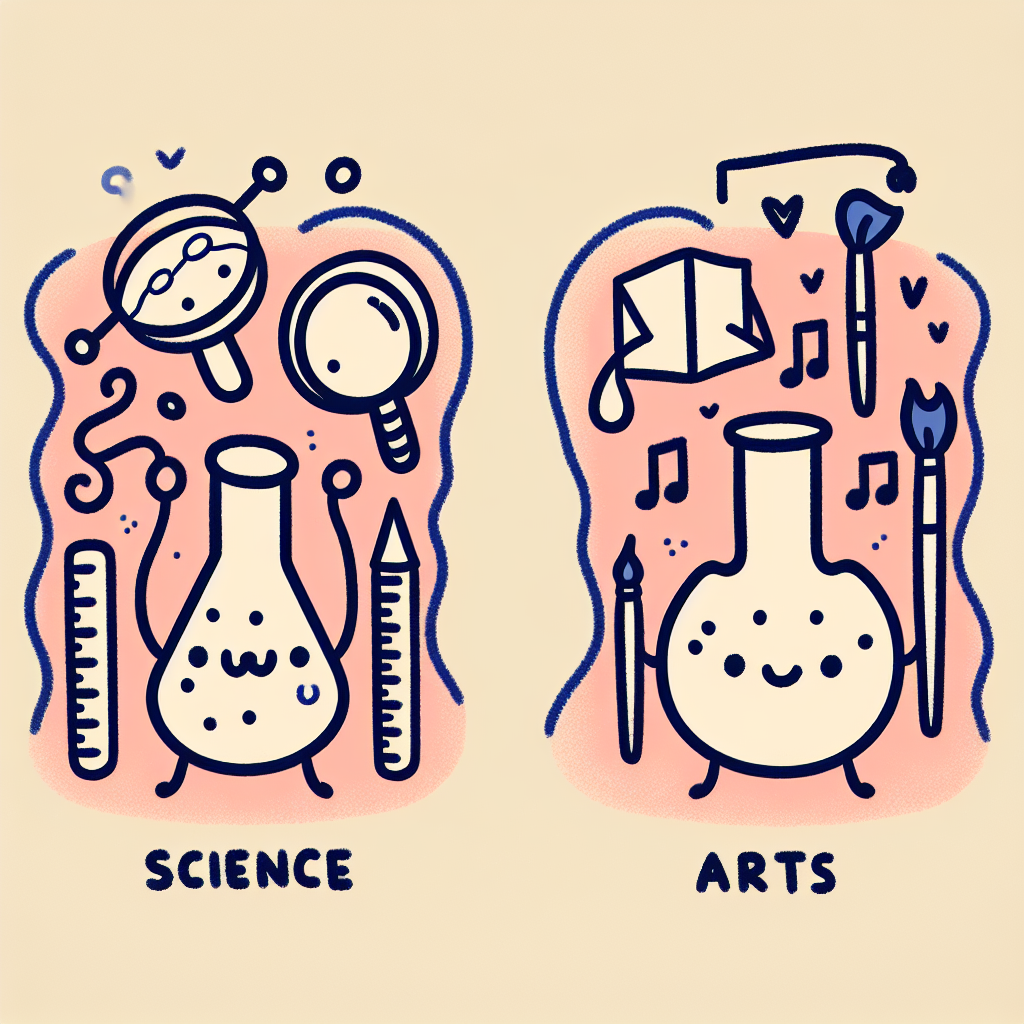
Conclusion
The BS vs BA distinction is more than just a label; it represents two distinct educational philosophies that shape how students approach their studies and future careers. A Bachelor of Science (BS) often emphasizes technical, analytical, and scientific coursework, while a Bachelor of Arts (BA) typically focuses on humanities, critical thinking, and broader contextual understanding.
Rather than choosing based on perceived prestige, students should select the degree path that aligns best with their personal strengths, academic interests, and long-term professional goals. Understanding the differences between a BS vs BA can help students make informed decisions that support their desired career trajectory.
At the same time, institutions have a responsibility to continually assess and refine their degree structures. As academic disciplines evolve and industry demands shift, universities must ensure that both BS and BA programs remain relevant, rigorous, and responsive to the needs of students and employers alike.
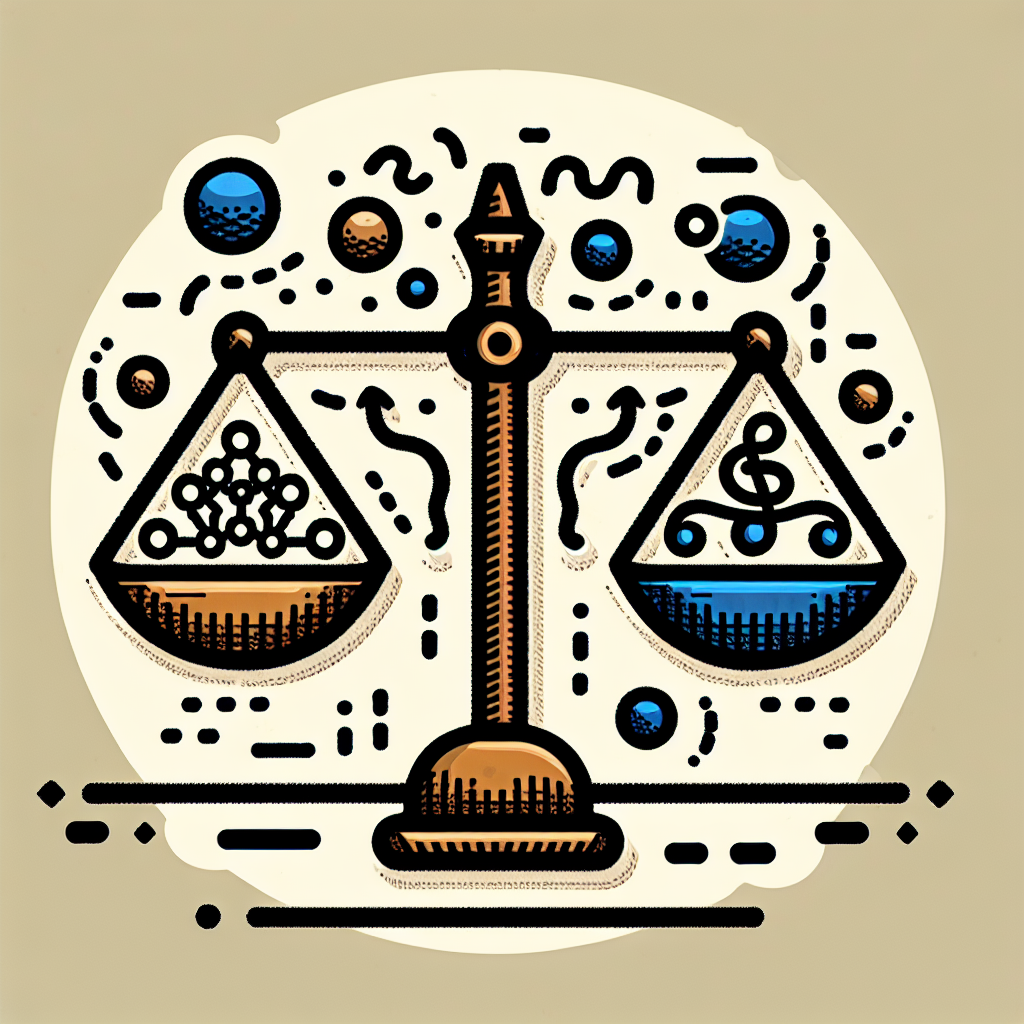
References
- An Analysis of the Math Requirements of 199 CS BS/BA Degrees at 158 U.S. Universities
- BA vs. BS in Economics - University at Buffalo
- BA vs. BS Degrees - Lehigh University
- BA in Statistics and Data Science - UC Santa Barbara
- BA vs. BS: The Differences Between the Two Degree Types - ASU Online




